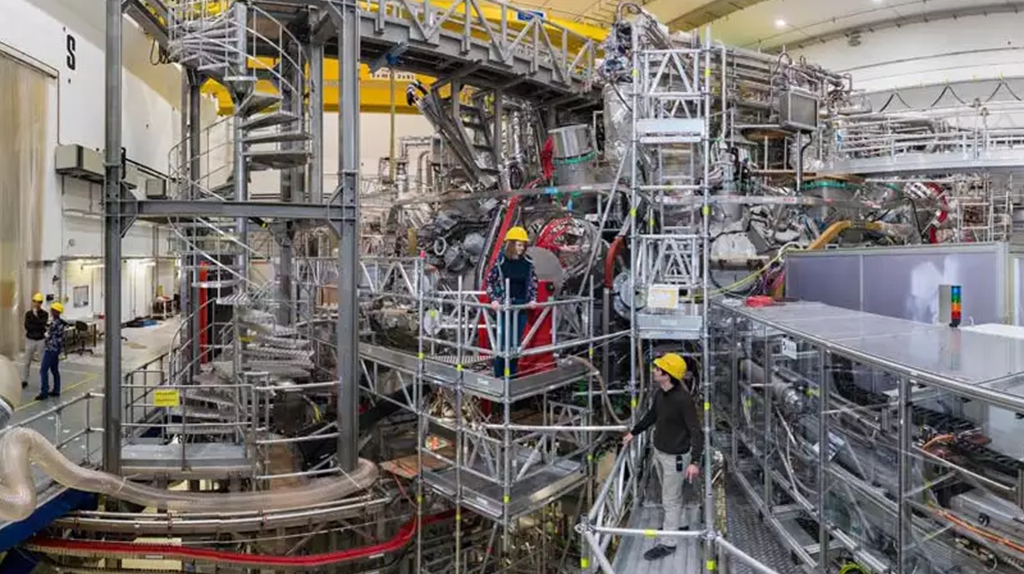Towards a possible fusion power plant
Recent advances in fusion technology have attracted media and public attention. In particular, successes in plasma physics, such as the successful "ignition" of a plasma using laser fusion at the National Ignition Facility in the USA at the end of 2022 and the maintenance of a hot plasma using magnetic fields for 8 minutes with an energy turnover of 1.3 gigajoules at the "Wendelstein 7-X" experimental facility in Greifswald at the beginning of 2023, have rekindled hopes of a new era in energy production.
Technical feasibility is not enough: focus on economic, environmental and social aspects of potential fusion power plants
Despite these milestones, the road to commercial fusion power plants is still long and will require long-term efforts in basic and applied research and engineering development. Overcoming the technological challenges alone is no guarantee that fusion power plants will be used to generate electricity on an industrial scale. Questions also arise about the economic viability, environmental characteristics, social sustainability, dual-use aspects and the possible proliferation of nuclear weapons know-how and materials.
A short study commissioned by the Committee on Education, Research and Technology Assessment, and launched in December, aims to highlight the current state of fusion research and to identify knowledge gaps and further research needs on the way to possible fusion power plants.
05.12.2023

